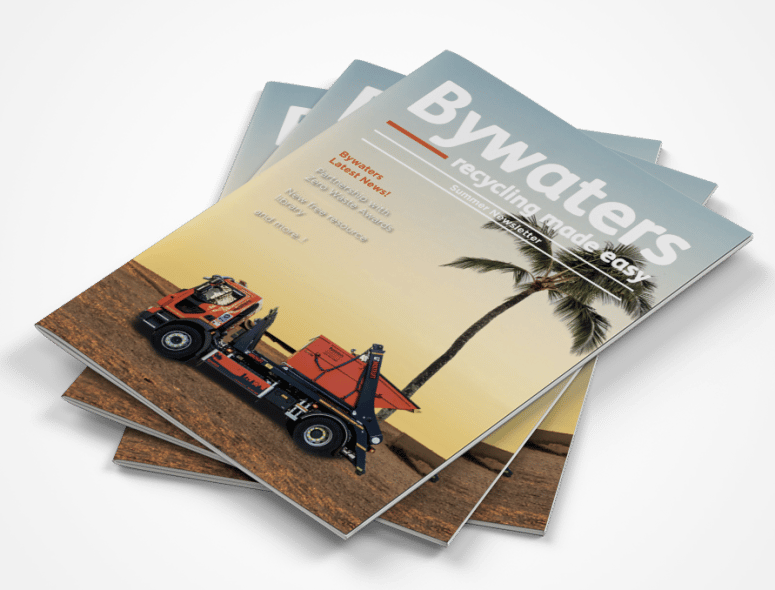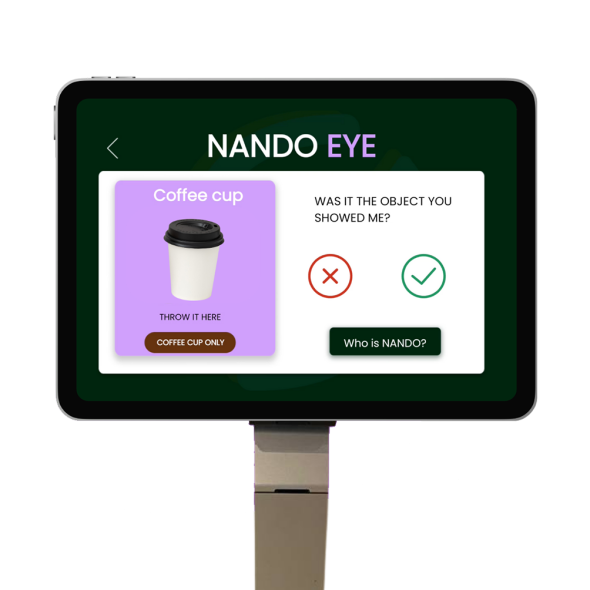Contact us today for your Free Quote
Technology is evolving at a staggering pace. There seems to be a new innovation launched almost every day – a game-changing smartwatch, an unbeatable phone, or must-have headphones, each faster and more efficient than the last. Unfortunately though, there is no ‘the one’ with technology. It can be very tempting to upgrade to the latest technology without a second thought. However, we need to be more aware that our love for new tech has a substantial environmental impact.
E-waste is one of the fastest-growing waste streams and most of it ends up in landfills, incinerated, or improperly recycled. Most electronic devices contain harmful materials, including lead, zinc, and flame retardants. When discarded and sent to landfill, these toxic chemicals leak into the environment, damaging the atmosphere, groundwater, and even our own respiratory systems.
So, is it possible for upgraded tech and sustainability to be more in sync? Yes — certainly to a point! In this article, we’ll give you tips on how to modernise your technology in an eco-friendly way.
Opt for upcycled devices
Upcycled devices are all about reusing previously owned products. So, rather than choosing the latest phone release, for example, consider going for a refurbished phone instead. Companies like Aznu and Backmarket are looking to change the tech game for the better, delivering premium refurbished mobiles at a fraction of the cost, and, more importantly, a fraction of the carbon footprint. By purchasing from companies like these, you breathe new life into a once-discarded device, preventing it from going to landfill.
Phones aren’t the only upcycled electronics on the market. You can also buy refurbished laptops, smartwatches, tablets, headphones, and more by shopping smartly. In addition to being cheaper, these products can be of top quality, verified by tech experts, and then sold for ‘adoption’ with transparent grading systems in place.
Recycle your old devices
Once you’ve got a new device, it’s imperative to make sure your old one doesn’t end up in landfill. Luckily, our WEEE (Waste Electrical and Electronic Equipment) recycling services are here to help.
Roughly 80% of a mobile phone can be reused by dissecting and conserving its valuable materials. In fact, one million phones source approximately 16 tonnes of copper, 350kg of silver and 34kg of gold — that’s a lot of precious metal, especially considering the average person upgrades their device every two years. The small quantities that can’t be recycled are then disposed of in an environmentally friendly way.
Here at Bywaters, we wipe-clean and recycle every kind of electronic appliance (plus their accessories), transported using our fleet of Euro 6 vehicles to specialist locations.
Learn how to repair your phone
In February 2020, Apple was fined £21 million for deliberately slowing down older iPhone models and not making it clear to consumers. Though the tech giant claimed it was to ‘prolong the life of the devices’, many people suspected it was actually to encourage customers to upgrade to their latest handset.
This has not gone unnoticed, with some groups campaigning for the ‘right to repair’ phones rather than the tech giants deeming them obsolete for their own financial agenda. The Restart Project, for example, teaches people how to mend their phones by disassembling devices and then reassembling them with affordable spare parts. The project also petitions for repair law to include smartphones and computers, which it currently doesn’t.
So, one option is to learn to repair your phone, rather than splash out on a new device and fresh accessories. That’s not to say that you shouldn’t ever upgrade your phone, but you should always aim to shop smart if you do need to do so.
Choose energy-efficient tech
With the news that energy bills are once again shooting up, it’s worth noting the environmental and economic benefits that energy-efficient tech can give you. When moving into a new home, choose an electricity provider that matches your tech and your pockets. For laptop upgrades, our top tip is to choose an OLED Laptop (standing for Organic Light Emitting Diode). They have stunning visuals, are super speedy, and are more energy-efficient by reducing the emissions of Volatile Organic Compounds (VOCs). That’s about half of an LCD laptop, thanks to its self-illuminating structure requiring no backlight.
Another option is to opt for a device made from recycled materials, which will also have high energy efficiency. Laptops with power managers or labelled with Energy Star approval are great, as they are certified as using 25-40% less energy than other models.
For mobile phones — opt for one with low radiation and high energy efficiency, especially if buying a new device. These smartphones have much longer-lasting battery levels than traditional devices and therefore require less time to recharge (which can actually account for up to 40% of all energy consumption).
Here at Bywaters, we’re passionate about helping people sustainably make these changes. Before you throw away that ancient laptop or phone lying around your house, head over to our website and let us take care of it.


